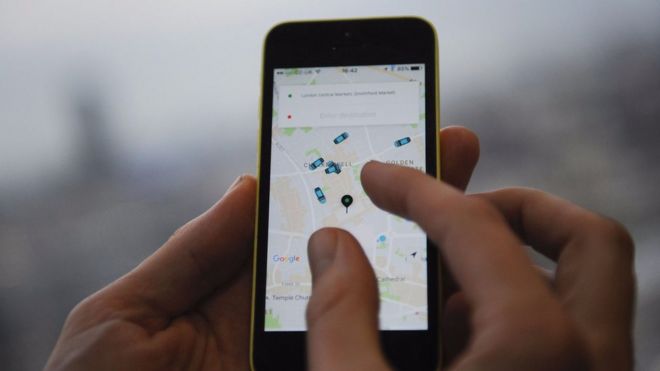What happened in the city that banned Uber
When TfL, backed by Mayor Sadiq Khan, announced Uber would no longer be allowed to operate, the service's 3.5m users, and 40,000 drivers, were aghast.
Despite the very best efforts of the cab trade, Uber has become a valued way for Londoners to get around, particularly late at night.
The same was true in Austin, Texas. It’s a city that shares few similarities with London, other than its own bitter tussle with Uber - the fallout from which could contain clues as to what might happen if, and it's a big if, TfL follows through with its threat.
Uber had been available in Austin since 2014. But on 10 May 2016, Uber (and rival service Lyft) turned off their apps and left.
Less than 24 hours earlier, Austinites had gone to the polls to vote on Proposition 1. It was a law that removed a requirement on ride-sharing companies to gather fingerprints as part of their background checks on drivers, as well as sharing more data with city officials.
Uber didn't want to do this. It argued that the fingerprint database drivers would be cross-checked against would be ineffective.
It's also likely - though Uber never expressed this publicly - that adding a layer to the sign-up process would make it more time-consuming, and expensive, to recruit drivers.
It's something the company, in all the markets it works in, constantly seeks to avoid - and in Austin it was prepared to spend big to avoid the restrictions.



No comments